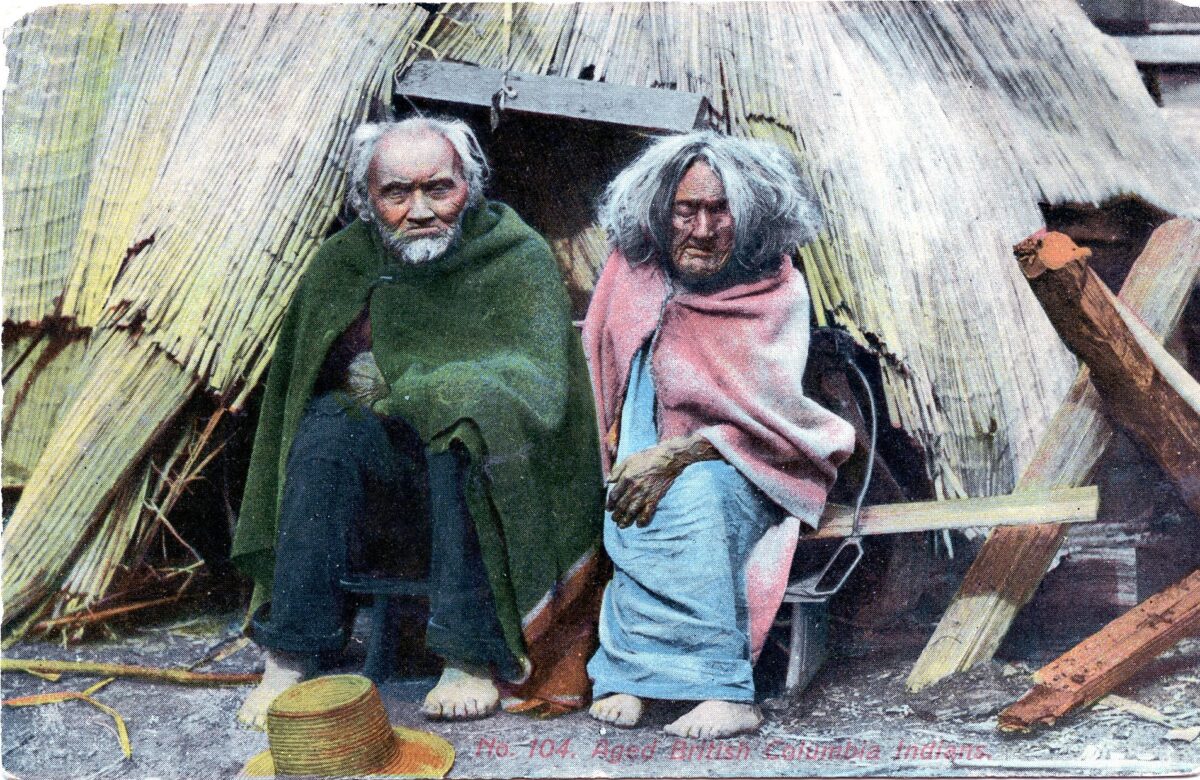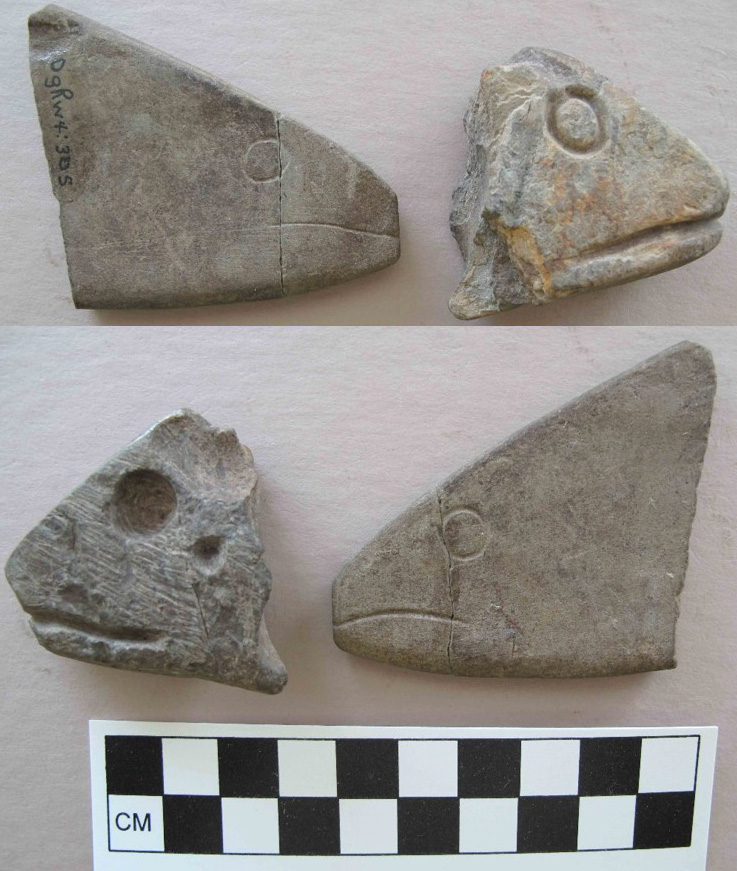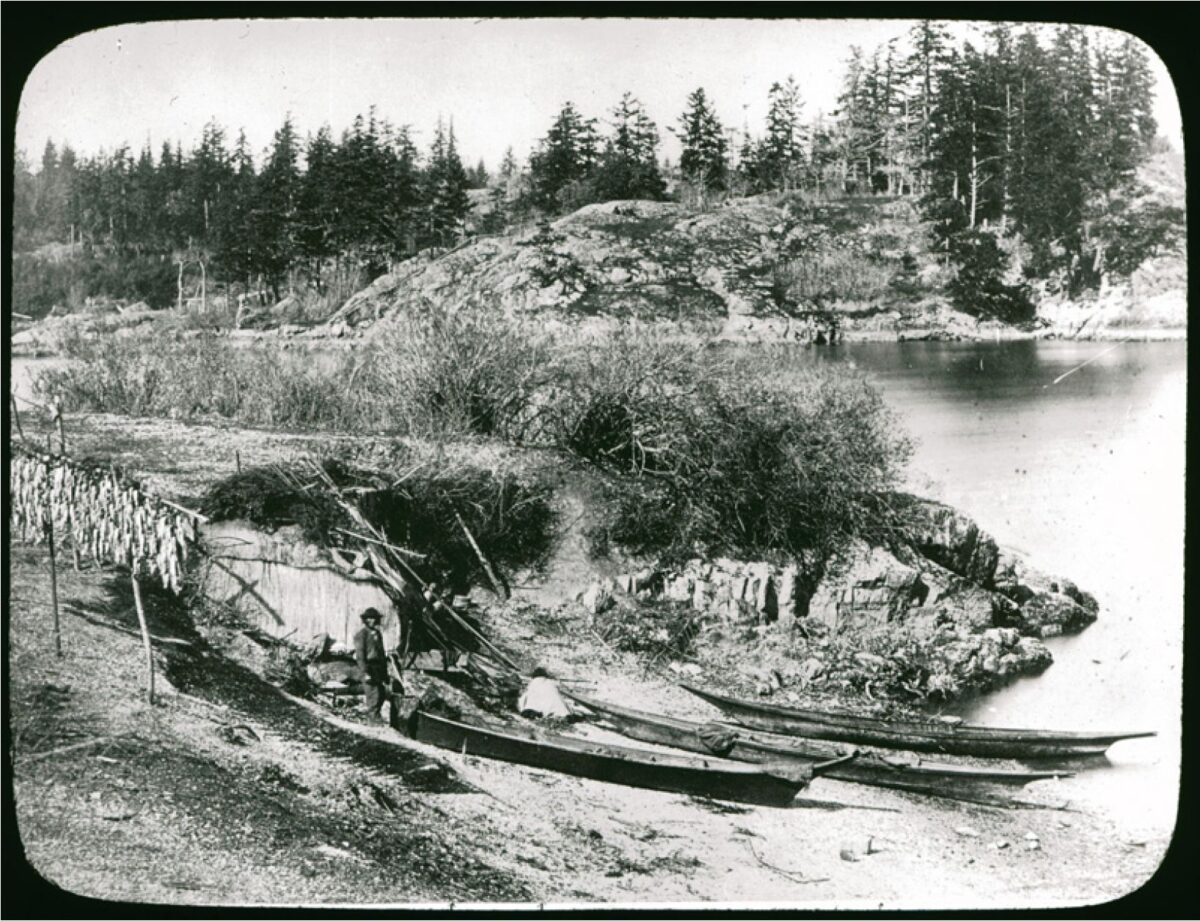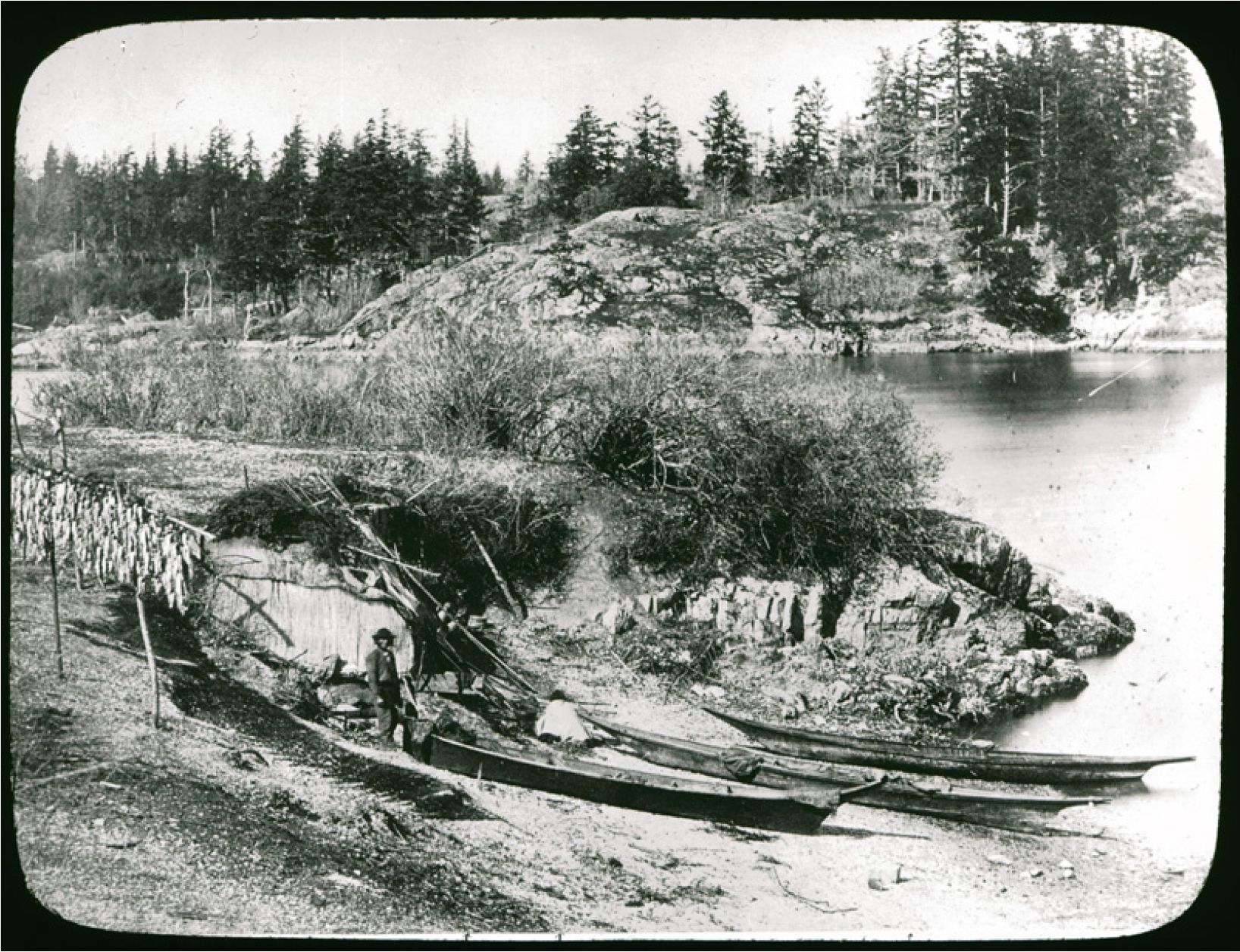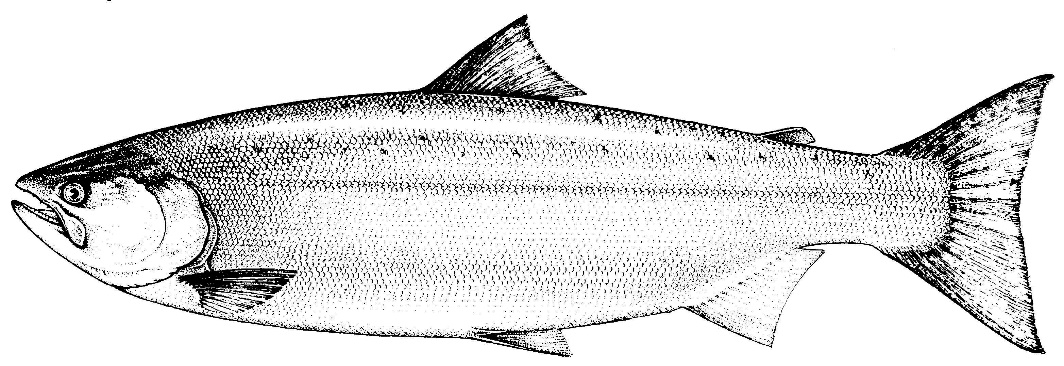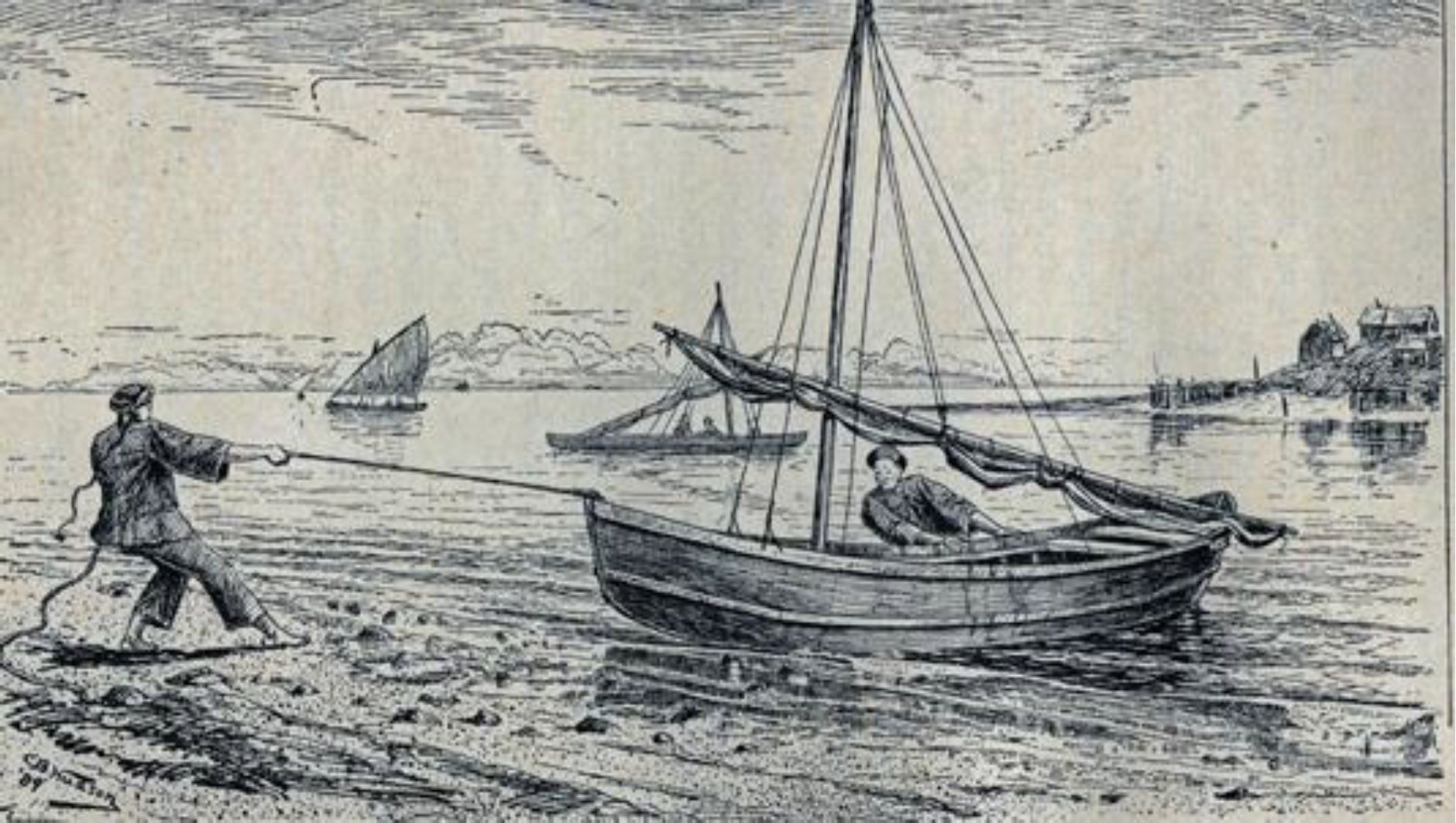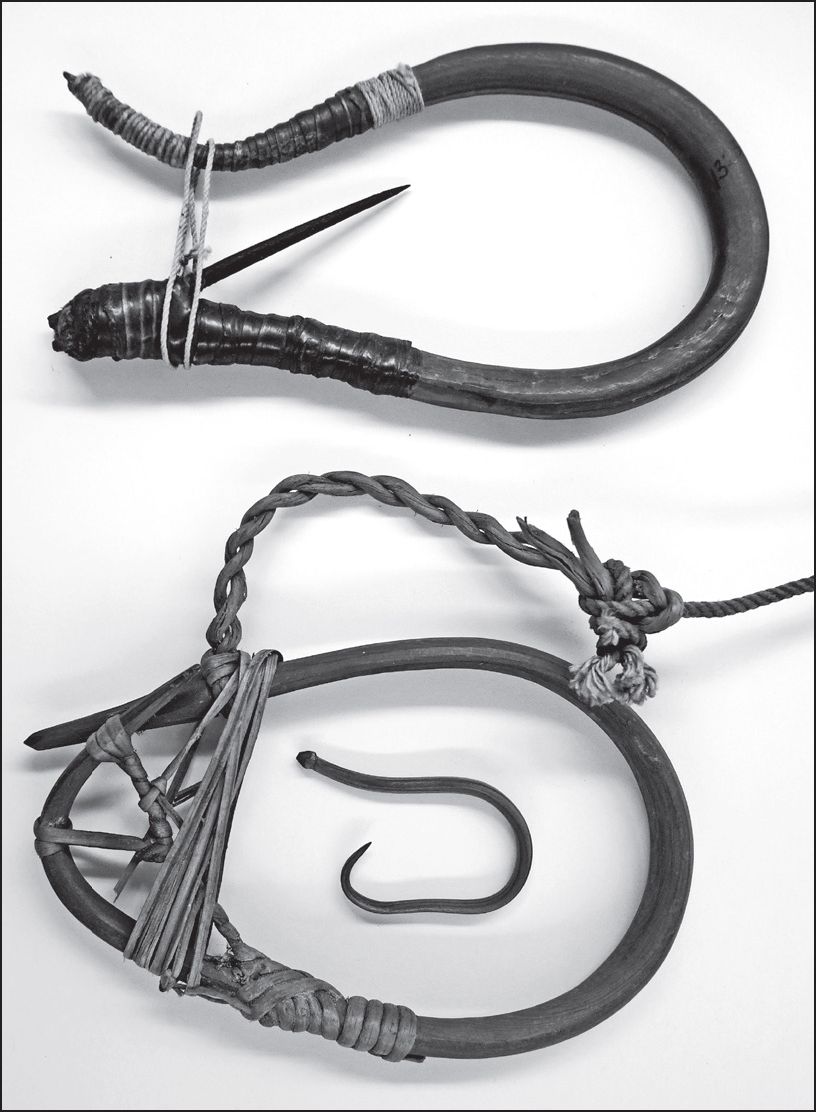
Introduction Interpreting older Indigenous photographs can be a confusing problem for those not familiar with the history of photographers and the history of the collections in which they eventually end up. The same photographs are often given different information in different archives and in different publications. In the early 20th century, a common stereotype of older Indigenous people was for journalists to exaggerate their age. They were sometimes wrapped in blankets when photographed to cover-up the European style clothes they are wearing. They are often mistakenly presented in photographs as being over 100 years of age. I have the advantage over journalists of the past, in having easier access to examine baptism, birth, marriage and death records from church and … Continue reading “Photographs of an Elderly Indigenous Couple”
